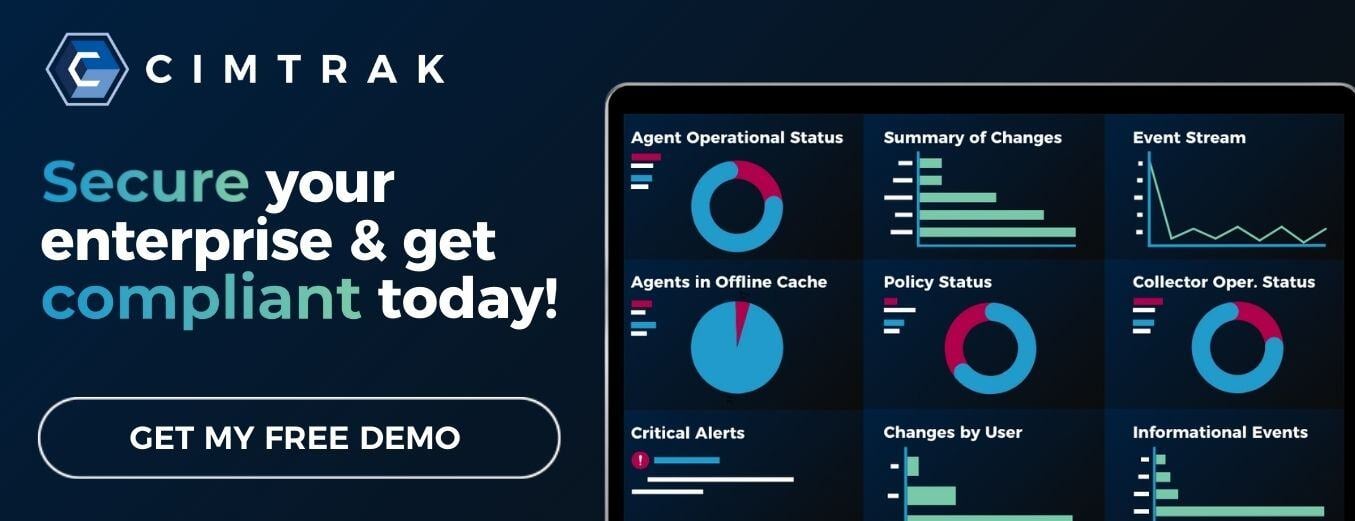For decades, the CIA Triad of Confidentiality, Integrity, and Availability has been the bedrock framework of information security. While it serves as a conceptual guiding light, its simplicity and vagueness leave room for a tremendous amount of ambiguity, especially when it comes to "Integrity." Unlike confidentiality and availability, which have widely accepted definitions and clear implementation strategies, integrity often lacks operational clarity and measurable enforcement in modern cybersecurity environments.
So what is integrity, really? More importantly, how do we ensure it?
This is where the conversation must evolve from abstract models, best practice frameworks, and compliance requirements to practical and commercially available tools.
What is Integrity in Zero Trust?
Integrity within a Zero Trust strategy (NIST 800-207) is paramount. So vital that it's one of the seven tenets. Integrity is essential to a Zero Trust strategy because it ensures that systems, configurations, and data remain in a known and trusted state. This is critical when no user, device, or workload is inherently trusted. Without integrity verification, attackers can silently alter security controls, introduce malicious code, or persist within environments undetected. By continuously validating integrity, organizations can uphold Zero Trust principles of continuous verification, least privilege, and assumed breach.

The Problem: Integrity is Underspecified in Traditional Models
In most definitions, integrity is described as the assurance that data or systems are accurate, consistent, and unaltered from their expected state. While conceptually sound, this definition raises questions:
- Who defines the "expected state"?
- What counts as "unauthorized" change?
- How do we detect and prevent subtle forms of compromise, such as unauthorized software installations or misconfigurations?
- In the event of unauthorized change, can you roll back without completely reprovisioning the device?
- When "expected" change occurs, how do you reconcile a work order other than by applying the honor system?
For complex and fast-moving IT environments, especially in sectors like government and critical infrastructure, these questions demand precise, operational answers—not just theoretical ideals.
Turning Integrity from Concept into Capability
Organizations need a modern integrity assurance platform that gives depth, definition, and decisiveness to the most misunderstood pillar of the CIA Triad. This visibility is what can and will change the landscape of current reactive-focused security operations to resilient-focused security operations.
CimTrak operationalizes integrity by delivering a holistic set of controls and visibility that maps directly to the often nebulous ideal of integrity assurance:
1. System Hardening
CimTrak ensures systems are configured according to known, good best practices and baselines, including DISA STIGs, CIS Benchmarks, and other authoritative standards. It monitors and alerts when deviations occur, preventing drift and increasing resilience against misconfiguration-based attacks. Its newest feature now provides an auto-remediation capability to correct the failed test to ensure it remains in a trusted and hardened operational state.
2. Configuration Management
CimTrak captures and maintains a real-time configuration inventory of files, settings, directories, users, groups, ports, services, database schemas, active directory, and more, so security teams always have visibility and know the exact state of their environment. Changes are logged, versioned, and correlated with users and processes.
3. Roll-Back and Remediation
Not only does CimTrak detect changes, but it also enables roll-back and remediation to restore affected systems to their last known secure state instantly. This creates a practical enforcement mechanism for integrity, bridging the gap between identification and containment (or detection and response if you're of the Ops mindset).
4. Change Prevention
CimTrak goes beyond detection by blocking unauthorized changes entirely, based on policies, pre-approved change windows, and/or change requirements, allowlisting, and user roles. This proactive control mechanism reinforces integrity before violations can occur.
5. Trusted File Registry (TFR)
Another feature of CimTrak's integrity assurance capability is its Trusted File Registry, a curated repository of cryptographic hashes of trusted files. This enables automatic validation of system states against known, good baselines, drastically reducing noise when patches are applied, and making it virtually impossible for tampered binaries or malicious modifications to go unnoticed.
6. STIX/TAXII Threat Intelligence Integration
CimTrak digests structured threat feeds through STIX/TAXII, applying up-to-date indicators of compromise (IOCs) to enhance detection of malicious or risky changes in real-time. This integrates external threat context into internal integrity monitoring, a critical evolution from static baselining.
7. File Reputation Services
To further distinguish between benign and malicious file changes, CimTrak integrates with file reputation services to check altered or introduced files against real-time threat intelligence databases (CVEs - Common Vulnerabilities and Exposures).
8. Workflow Management, Ticketing, and Change Control
Integrity assurance isn't just a technical solution—it requires organizational alignment. CimTrak has its own workflow and ticketing systems. The same function can also be integrated with ServiceNow, Jira, BMC, and others to route work orders, alerts, and remediation tasks through formal processes, ensuring accountability, enforceability, and traceability.
Integrity needs a Clear Definition; CimTrak Delivers It
As cyber threats evolve and compliance standards mature, the industry needs to move beyond high-level ideals and into operational rigor. The CIA Triad remains a useful compass, but CimTrak is the tool that gets you there, especially when it comes to the elusive concept of integrity.
In a world where unauthorized changes are often the first sign of compromise, integrity is not optional. It's essential. CimTrak defines it, defends it, and delivers it. It's time we stopped accepting vague definitions and started enforcing real ones.
See how CimTrak works in your environment → Schedule a personalized demo.
Tags:
Zero Trust
June 12, 2025




